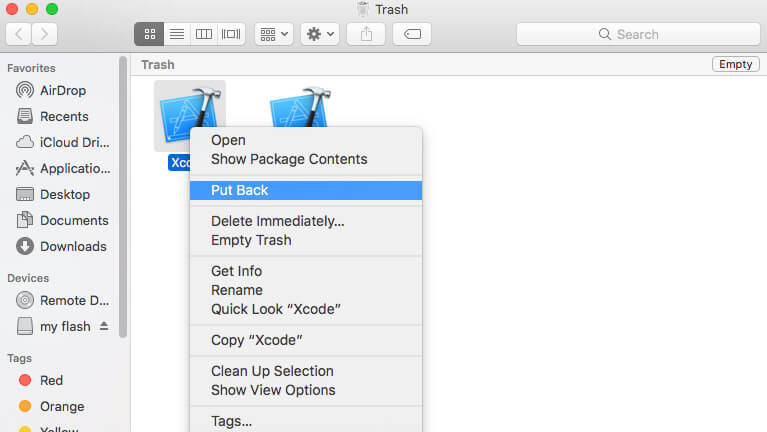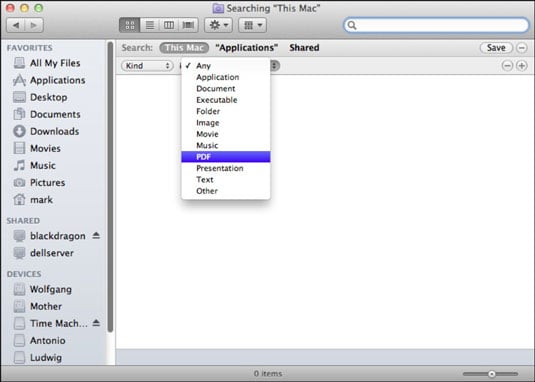

- SEARCH FOR A FILE ON MAC FOR MAC
- SEARCH FOR A FILE ON MAC MAC OS
- SEARCH FOR A FILE ON MAC MANUAL
- SEARCH FOR A FILE ON MAC FULL
This feature saves a copy of the Office file in the background every 10 minutes.
SEARCH FOR A FILE ON MAC FOR MAC
Using AutoRecoverĪutoRecover is a built-in feature in Word, Excel, and PowerPoint for Mac that attempts to recover Office files automatically after a system or app crash. Irrespective of how it happened, there’s a fair chance you can recover your unsaved files. You would think that your files are gone, but that’s not the case. Suddenly, out of nowhere, before saving all your files, you accidentally end up closing all the windows, or your Mac shuts down unexpectedly. Suppose you’re working on a high-priority multi-sheet Excel workbook (say tracking sales record) and simultaneously preparing Word templates and PowerPoint presentations to give it a visual kick.
SEARCH FOR A FILE ON MAC MAC OS
But, once you start working with Mac OS Command line, you quite quickly appreciate the opportunities that it provides you. Of course, few users use the capabilities of the Terminal in everyday life. If you are a beginner, then let them not scare you, in fact, everything is simple, you just need to get used to it a little. These are the most popular Command line commands Mac which are used most often.

rm -R new - remove the new directory with all its contents.rm -R - directory name if you want to delete a directory with a content.rmdir - allows removing the specified directory.


ls - lists the file names in the specified directory.allows you to go up to the higher directory. cd - allows you to return to the previous directory.For example, if you decide to go to the directory where your documents are located, the following command will look like this: cd ~ / Documents
SEARCH FOR A FILE ON MAC MANUAL
SEARCH FOR A FILE ON MAC FULL
The full history is stored in the file ~ /. If you continue pressing the up key ↑, you will go through the history of the commands you have executed. If you press the up key ↑ in the Mac OS Command line, the last command you entered will be displayed.This function works similarly to autocomplete commands. Use autocomplete also for names and paths to files and directories.If there are several commands that start with the characters you have entered, then pressing Tab twice will display all these commands as a hint. For example, you can enter only the first letters of a command and press the Tab, after which the missing letters of the command will be added automatically.


 0 kommentar(er)
0 kommentar(er)
